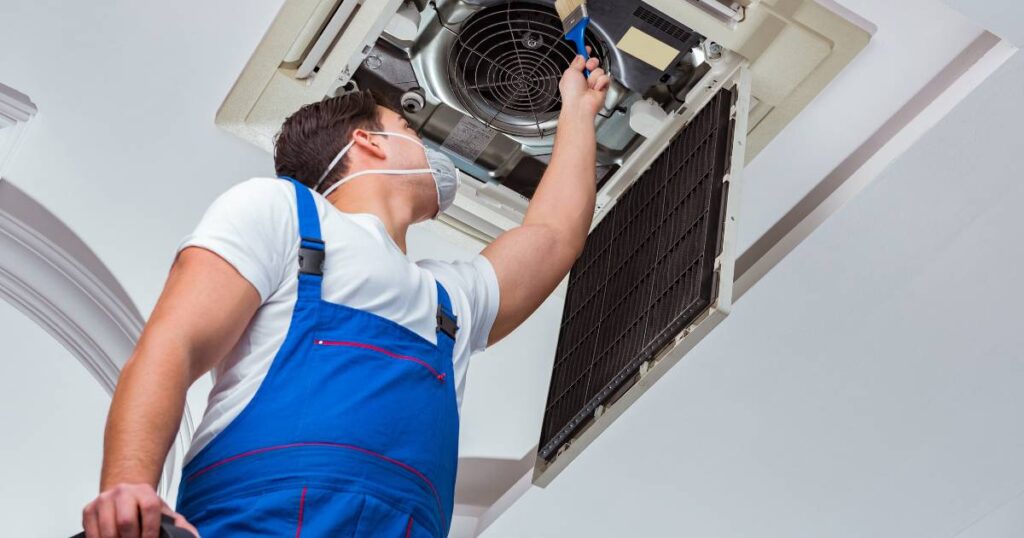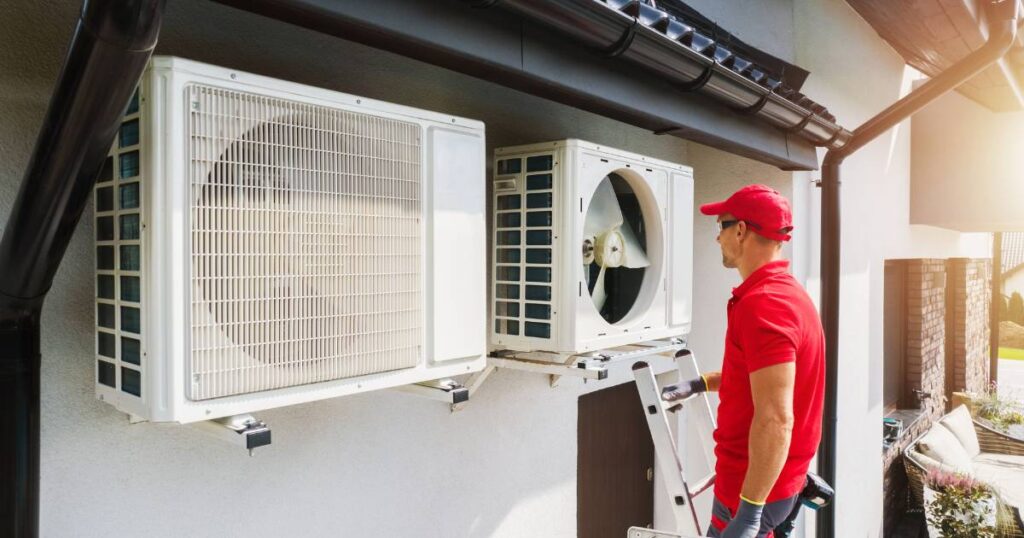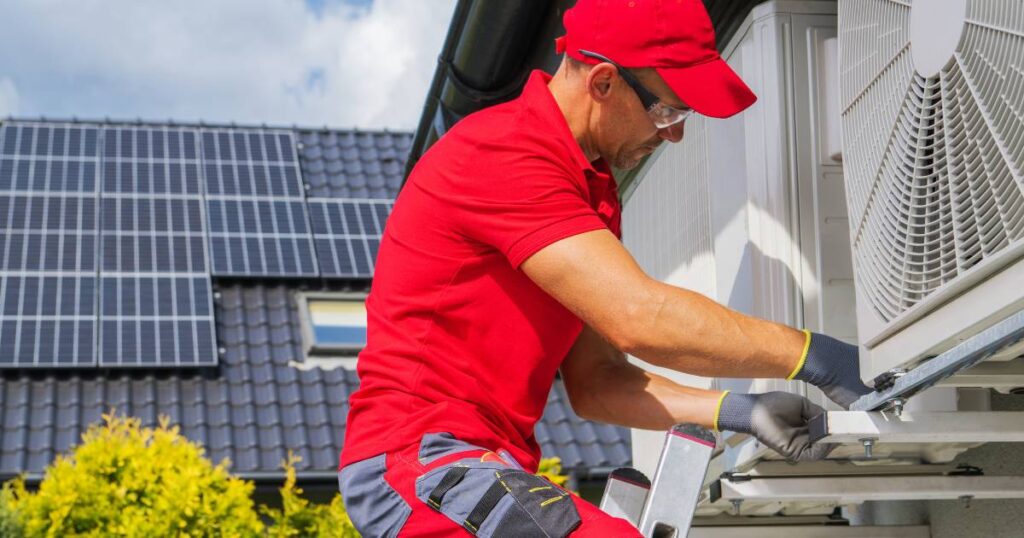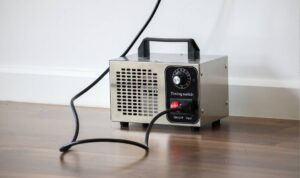Introduction to HVAC Systems and the Need for Maintenance
In the realm of modern amenities, few innovations have revolutionized our daily comfort as significantly as Heating, Ventilation, and Air Conditioning (HVAC) systems. These systems, often unnoticed in our daily lives, play a pivotal role in maintaining a comfortable and healthy living environment. However, there’s a common misconception that HVAC systems can operate flawlessly without regular maintenance. This belief can lead to unexpected breakdowns, reduced efficiency, and increased repair costs. The truth is, like any sophisticated machinery, HVAC systems require regular preventative maintenance to function optimally.
Understanding HVAC Preventive Maintenance
HVAC preventive maintenance, commonly referred to as HVAC PM, is a proactive approach to maintaining these systems. It involves scheduled inspections and maintenance tasks to prevent potential problems before they occur. The primary goals of HVAC PM are to avoid system breakdowns, enhance efficiency, prolong the equipment’s lifespan, and ensure safe and reliable operation. Unlike reactive maintenance, which addresses problems after they arise, preventive maintenance anticipates issues and resolves them in their nascent stages, thereby averting major malfunctions and ensuring uninterrupted comfort.

Key Components of HVAC Systems and Their Maintenance Needs
An HVAC system comprises several components, each playing a crucial role in its overall functionality. Regular maintenance of these components is essential for the system’s health and efficiency:
- Air Filters: These are vital for maintaining air quality and airflow. Dirty filters can restrict airflow and reduce efficiency, necessitating regular cleaning or replacement.
- Coils (Evaporator and Condenser Coils): These coils are responsible for heat exchange and play a critical role in cooling and heating. Keeping them clean ensures efficient operation.
- Condensate Drain Line: This line removes condensation produced by the cooling process. Keeping it clear prevents water damage and mold growth.
- Electrical Connections and Controls: Ensuring these are in good working order is crucial for safety and the proper functioning of the HVAC system.
- Fan and Blower Components: These parts circulate air throughout the system. Regular maintenance ensures they operate efficiently and quietly.
- Ductwork: This network of tubes distributes air throughout the building. Leaks or blockages in ductwork can significantly reduce system efficiency.
- Air Vents and Registers: Keeping these clean and unobstructed ensures optimal air distribution.
- Safety Controls: Regular checks ensure these critical components function correctly, maintaining safe operation.
- Thermostat: This device controls the overall operation of the HVAC system. Ensuring its proper function is key to maintaining desired comfort levels.

The Benefits of Regular HVAC Maintenance
The advantages of regular HVAC maintenance are manifold:
- Reduced Utility Bills: A well-maintained HVAC system operates more efficiently, consuming less energy and thereby reducing utility bills.
- Improved Indoor Air Quality: Regular maintenance helps in removing pollutants and allergens from the air, ensuring a healthier living environment.
- Extended Equipment Lifespan: Regular maintenance can significantly prolong the life of an HVAC system, delaying expensive replacement costs.
- Mitigation of Extreme Temperature Challenges: In the face of increasingly erratic weather patterns, a well-maintained HVAC system ensures reliable performance during extreme temperatures.
- Reduced Risk of Emergency Repairs: Regular maintenance reduces the likelihood of unexpected breakdowns, especially during periods of heavy usage.
HVAC Maintenance: Frequency and Checklist
The frequency of HVAC maintenance can vary based on several factors, including the type of system, its age, and environmental conditions. However, general guidelines suggest:
- Bi-Annual Maintenance: Most systems benefit from maintenance in spring and fall, aligning with the changing heating and cooling demands.
- Annual Maintenance: Newer and well-maintained systems may only require annual checks.
The maintenance checklist includes tasks like changing air filters, checking thermostats, inspecting outdoor units, and scheduling professional inspections for more complex checks.

Cost Analysis: Maintenance vs. Emergency Repairs
While the cost of regular maintenance might seem like an added expense, it is far more economical compared to the costs associated with emergency repairs or system replacements. Regular maintenance typically ranges from $75 to $150, significantly lower than the thousands potentially spent on emergency services or new installations.
Practical Tips for Preventing Costly HVAC Repairs
To further safeguard against costly repairs:
- Be Alert to Unusual Sounds: Early detection of issues often starts with noticing unusual sounds from the system.
- Invest in Smart Climate Control Devices: Smart thermostats and controllers can enhance maintenance efforts by providing alerts and automating temperature control.
- Monitor for Unusual Odors: Detecting and addressing strange odors early can prevent larger issues.

Conclusion: The Value of Proactive HVAC Maintenance
In conclusion, regular HVAC maintenance is not just a task—it’s an investment in comfort, efficiency, and peace of mind. By adhering to a maintenance schedule, homeowners can enjoy a comfortable living environment without the worry of unexpected system failures, all while saving money in the long run. The key is to be proactive rather than reactive, ensuring that your HVAC system remains a reliable source of comfort for years to come. Check Attic Crew HVAC and air duct systems repair service.



